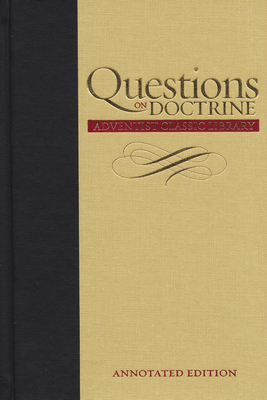Who is behind the adventist.org website, and who decides its language with respect to Adventist "fundamental beliefs"? Why did the language change for the Trinity doctrine sometime between November 28, 2023 and January 10 of this year?
To see the old version of the site, one may visit a "snapshot" taken of it by the "Wayback Machine," an online organization which archives many websites at intervals. The Wayback Machine shows that between November 28,2023 and January 10, 2024 the change in language was made. Here's the November snapshot of the site:
What Adventists Believe About the Trinity - Adventist.org
...and here's the next one taken, January 10.
What Adventists Believe About the Trinity - Adventist.org
Was there a vote to change the language of this doctrine?
To see the old version of the site, one may visit a "snapshot" taken of it by the "Wayback Machine," an online organization which archives many websites at intervals. The Wayback Machine shows that between November 28,2023 and January 10, 2024 the change in language was made. Here's the November snapshot of the site:
What Adventists Believe About the Trinity - Adventist.org
...and here's the next one taken, January 10.
What Adventists Believe About the Trinity - Adventist.org
Was there a vote to change the language of this doctrine?



